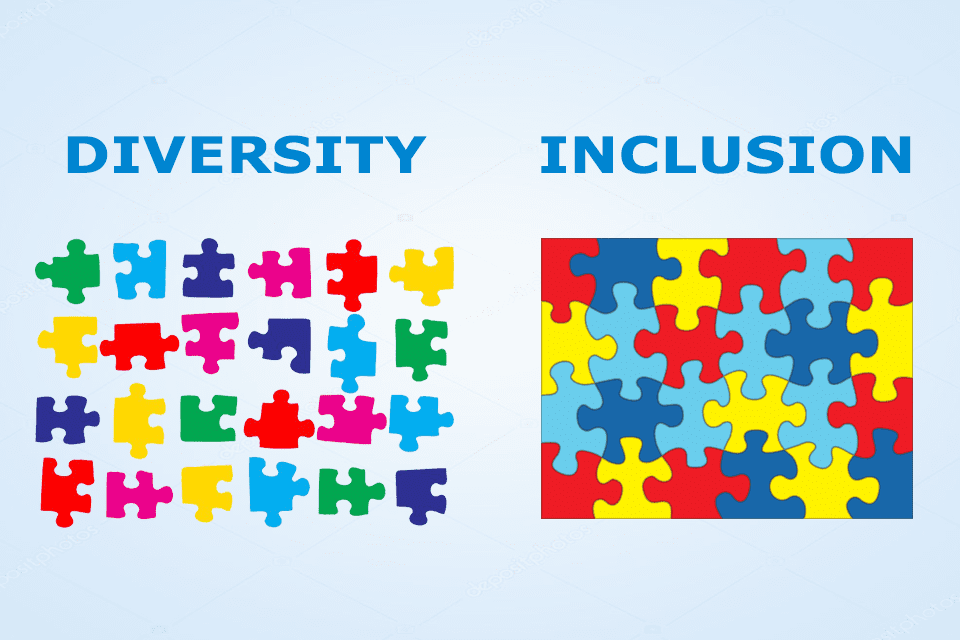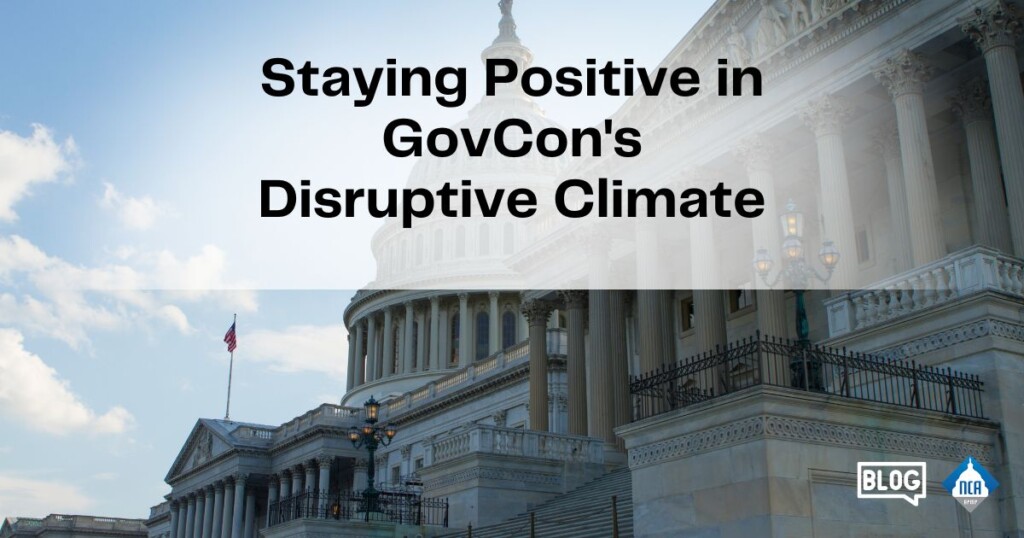Why should we care about diversity and inclusion?
The APMP Mission defines clearly that “APMP promotes the professional growth of its members by advancing the arts, sciences, and technologies of winning business. APMP is the worldwide authority for professionals dedicated to the process of winning business through proposals, bids, tenders, and presentations.” It follows therefore that, if we are in the business of winning business, we would want to leverage every possible advantage in our pursuits to increase our probability of win and increase our companies’ revenues.
The impact of diversity on quantifiable business outcomes has been studied more in recent years, demonstrating the following:[intense_blockquote width=”33%” rightalign=”1″]As a leader, your objective should be to establish a culture within your organization that fosters freedom and flexibility to draw on [your team’s] experiences.[/intense_blockquote]
- Racially and ethnically diverse companies are 30% more likely than their less diverse counterparts to earn “financial returns above respective national industry median”. (Fulp, 2018) p 28
- Companies with strong gender diversity perform better – demonstrating 15% greater chance then their less diverse counterparts of garnering “financial returns above respective national industry median”. (Fulp, 2018) p 28
- Non-diverse companies measured in terms of ethnicity, race, and sex under-perform the average company in their sector. A recent McKinsey report emphasized that these companies are not simply not leading their sector; they are actively lagging their competitors. (Hunt, Layton, & Prince, Diversity Matters, February 2015)
- A strong correlation exists between diversity in management and financial outcomes: in the US every 10% increase in a management’s diversity yields a 0.8% increase in earnings; while in the UK that same 10% increase in management’s diversity yields 3.5% increase in earnings. (Fulp, 2018) p 29
Based on these facts, it follows that a company that is focused on winning would want to implement diversity in its organization to gain an additional competitive advantage over less-diverse competitors. In order to reap the benefits of diversity within a bidding organization, I have found that the following four characteristics are essential: Communication, Collaboration, Building & Maintaining Trust, and Cohesion.
Communication: Communication includes all methods by which we exchange information and ideas. To foster open communication among your team, you first need to establish and maintain expectations for communication within the team. I endorse the approach presented in Crucial Conversations by Patterson, Grenney, McMillan, and Switzler. It orients conversations on focusing on the end result desired – not the emotions. This approach is based on the premise that the heart of conversation is mutual understanding…without that, people are just projecting opinions to each other – without listening. This book is required reading for everyone on my team, and I make it clear that this is how I expect communications to be conducted. I also insisted that person-to-person communication is essential. I have a rule that there should be no more than 2 back-and-forth communications via written channels (IM or email) before you pick up the phone and speak with the other person. I also require the use of video on our 1:1s and team calls. Not only does this ensure that both parties are fully present in the conversation (since it is much more difficult to hide multitasking on a video chat than on a voice-only call), but it has also proven to be a great way for the team to feel more connected to each other and thus aware of each other as people, not just opposing ideas on the other side of a phone call.[intense_blockquote width=”33%” rightalign=”1″]Members of cohesive teams have emotional and social bonds that link them to one another and to the group as a whole.[/intense_blockquote]
My communication strategy is based on the principle that you can never over-communicate. Because people absorb information differently, it is important to have multiple channels of communication to maximize the information and messages being shared. Different people process and interpret information in different ways, so employing a variety of tools to get across the same message ensures broader understanding, and that’s the basis for engagement.
Collaboration: Once we have identified the right tools within our environment to enable communication, teams must be encouraged to work together across multiple avenues. To enable and encourage robust collaboration, we must establish interrelations between and among the team that is not just based on the singular, static vertical – or top down organization – approach. While it is essential to have some form of organizational hierarchy to ensure effective operations for accountability, top-down hierarchy can tend to foster siloed operations. Collaboration evolves and is most effective where communication flows freely among team members, and this can boost efficiency and productivity. Therefore, within your organization create working groups or teams based on regional alignment, function/role, and/or by their knowledge and skills, to help break down the barriers of a vertical organization structure.
Building & Maintaining Trust: Where diversity is the fact of multiple varied backgrounds on a team – such as ethnicity, race, gender, and culture, inclusion is the condition that all opinions  are welcome and encouraged. To reap the benefits of a diverse team, it’s essential you set the conditions such that all members are comfortable in sharing differing viewpoints. Your team must feel safe in speaking out and sharing alternative viewpoints. As a leader, your objective should be to establish a culture within your organization that fosters freedom and flexibility to draw on their experiences. By doing so, you convey trust in your team, and within that environment individuals are willing to take risk and expand the pool of knowledge. That is when innovation happens.
are welcome and encouraged. To reap the benefits of a diverse team, it’s essential you set the conditions such that all members are comfortable in sharing differing viewpoints. Your team must feel safe in speaking out and sharing alternative viewpoints. As a leader, your objective should be to establish a culture within your organization that fosters freedom and flexibility to draw on their experiences. By doing so, you convey trust in your team, and within that environment individuals are willing to take risk and expand the pool of knowledge. That is when innovation happens.
This is critically important within bidding because we want to appeal to the maximum number of clients, and our clients do not look, think, or behave alike. In order to be responsive to each unique client’s needs, we must be open to differing points of view pulled from the collective experience of a wide variety of individuals.
Cohesion: Once trust is built among the team and they know that their opinions and ideas are valued and encouraged, they will be motivated to proactively contribute to the overall team’s ability to excel. Members of cohesive teams have emotional and social bonds that link them to one another and to the group as a whole. Rallying around the shared vision and purpose of the organization delivers a cohesive team who strive – through their individual actions and contributions – to advance entire organization as a whole.
In summary, by leading your team according to the principles of communication, collaboration, building and maintaining trust, and cohesion, you establish and foster an environment that will outperform your less diverse competition and deliver quantifiable financial results.



